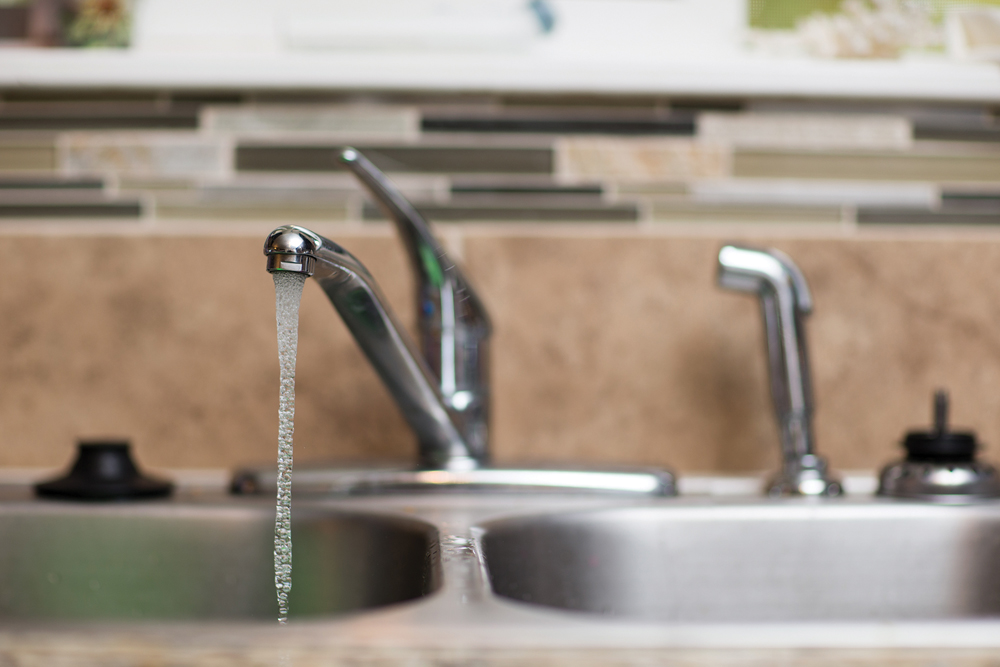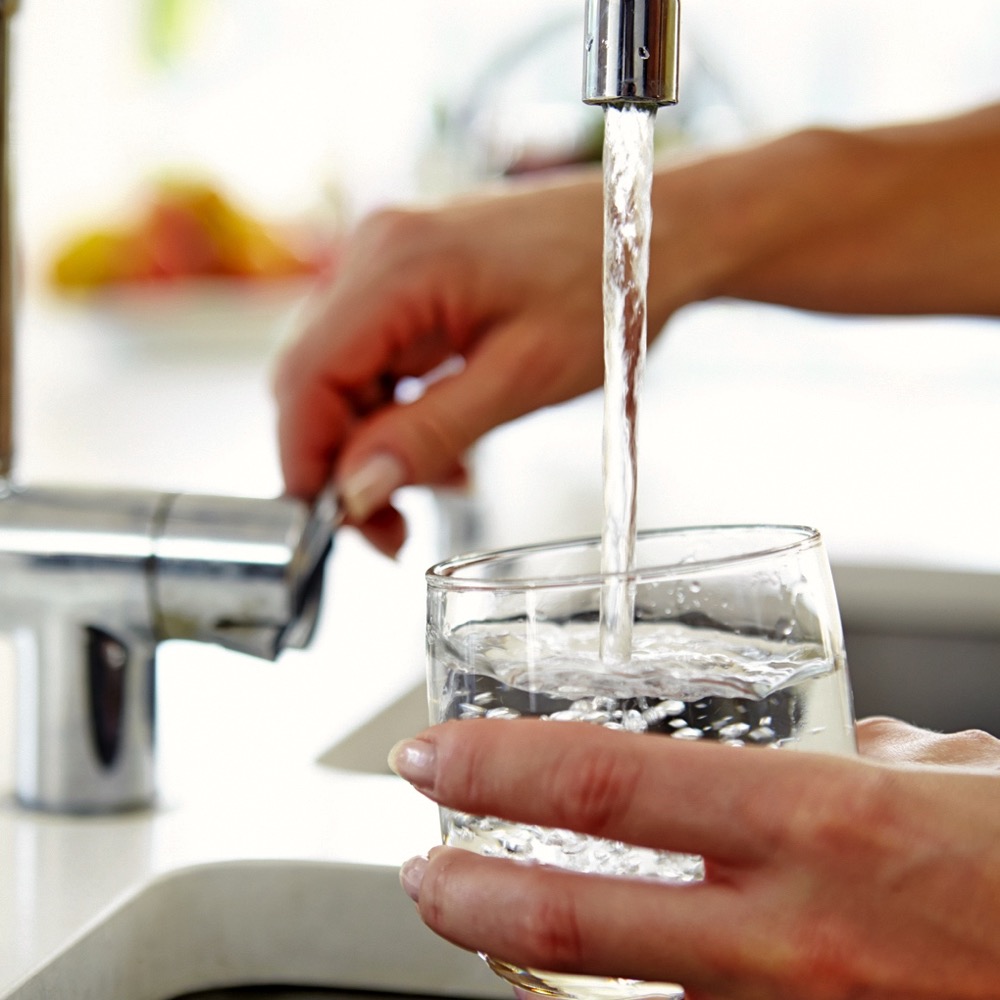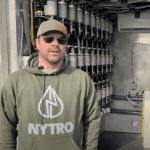Some rural Albertans may be living with a health hazard on their property and not even know it.
Surface contamination poses one of the biggest threats to the purity of groundwater supplies. Old unused wells that are not properly decommissioned can serve as a conduit for bacteria and chemicals to seep into an aquifer. Once there, it is often very difficult and very costly to restore an aquifer and make well water safe for drinking.
This type of water contamination occurred in 2000 in Walkerton, Ont., when surface run-off made its way into an adjacent well that had been known for years to be vulnerable to contamination. About half the population of the small rural community became ill and several people died when the groundwater became contaminated with deadly E. coli 0157:H7 bacteria. The entire incident might have been prevented if steps had been taken to avoid contamination in the first place.
Read Also

Farming Smarter receives financial boost from Alberta government for potato research
Farming Smarter near Lethbridge got a boost to its research equipment, thanks to the Alberta government’s increase in funding for research associations.
“Having an old unused well on your property is a little like having an open wound on your arm,” said Chris Gerritsen, president of the Alberta Water Well Drilling Association and an advocate for the Working Well Program.
“Old open wells are a place where contaminants can gather and get into the aquifer. Sometimes an old well can contaminate a new one, so it’s the first question I ask when someone is having trouble with the water quality of a well.”
Regulations require landowners to plug old unused wells, but there are still many properties around Alberta with abandoned wells on them that pose both a contamination risk and a physical safety threat.
“It costs money to properly plug a well and people don’t always understand why it’s necessary to do it,” said Jennifer Macpherson with Alberta Environment and Sustainable Resource Development and the Working Well Program.
“It’s in the regulations and it’s in the landowner’s interest to plug an old well.
Old wells should be plugged when new ones are drilled, and it’s a job best done by a licensed driller or at least supervised or advised by an industry expert. Putting a cap over the top of an old well may eliminate the physical risk it poses, but it doesn’t prevent entry of contaminants. An unused well also creates the perfect breeding ground for bacteria to grow and infect the aquifer below.
Online resources and free community-based workshops offered by the Working Well program provide well owners with the information and tools they need to properly care for their wells. For more information, visit the Working Well website or call a provincial agricultural water specialist at 310-FARM.















